The controversial decision to cut the bill credit awarded to residents and small businesses for exporting solar to the grid in California is now set to undergo legal review.
The California Supreme Court directed the state’s Court of Appeals to reconsider the merits of the California Public Utilities Commission (CPUC) decision to push forward net energy metering (NEM) 3.0.
NEM 3.0 cut the export rate credited to rooftop solar owners by about 80%. The policy shift caused the potential electricity bill savings of investing in rooftop solar by an average of about $63 per month.
After the ratemaking decision took effect, the new rates effectively pushed the state’s robust rooftop solar industry off a cliff, damaging the return on investment for homeowners, and leading to more than 17,000 solar jobs lost, demand falling 80% post-implementation, and numerous companies filing for bankruptcy.
Shortly after NEM 3.0 went into effect in Spring 2023, three environmental groups, including Center for Biological Diversity, The Protect our Communities Foundation, and the Environmental Working Group filed a lawsuit against the California Public Utilities Commission (CPUC) for the ratemaking decision.
The petition said the rulemaking violates the state’s climate laws and improperly evaluated the benefits of small-scale, distributed solar on rooftops, while ignoring the billions of dollars utilities spend on transmission infrastructure that drives increased rates.
The decision by the Supreme Court sends the case back to the state Court of Appeal to consider whether the California Public Utilities Commission’s policy is unlawfully harming rooftop solar growth, especially in disadvantaged communities.
The high court agreed that the appeals court had overlooked the California Legislature’s 1998 direction to limit deference to regulators, rejecting arguments from the utility commission and the three large investor-owned utility companies in California — Pacific Gas and Electric Company, Southern California Edison and San Diego Gas and Electric Company.
“For too long, California politicians and their agency appointees have sided with powerful utilities over consumers and the public interest, stifling competition, consumer choice and clean energy,” said Bernadette Del Chiaro, senior vice president, Environmental Working Group. “It took the Supreme Court to blow the whistle, but finally we are being heard.”
Proponents of NEM 3.0, namely constituents of the state’s three investor-owned utilities, argue that rooftop solar causes an $8 billion cost-shift to non-solar customers. An independent analysis refuted this claim, finding that rooftop solar provided a $1.5 billion cost savings to the grid in 2024.
“The CPUC focused exclusively on reducing demand on the utilities’ system and refused to consider the benefits of customer-provided electricity for the resiliency of the electrical system as a whole, and the ability to quickly and affordably provide the electricity to support electric vehicles, HVAC systems, and other beneficial uses of electricity on site,” said Malinda Dickenson, legal and executive director of The Protect Our Communities Foundation, who argued the case before the Supreme Court.
According to the California Public Utilities Commission, the state’s three largest electric utilities PG&E, SCE and SDGE have raised customer rates by 110%, 90% and 82%, respectively, over the last decade. Despite relatively flat electricity usage, transmission and distribution spending by utilities has increased 300%.
The Court of Appeal will rehear the case to determine whether the commission had a legal basis to make the cuts to rooftop solar and whether the CPUC designed a policy that will keep rooftop solar growing in environmental justice communities, as state law requires.
“California needs a large, thriving rooftop solar market to meet its clean energy goals and lower the cost of electricity for everyone,” said Del Chiaro. “The CPUC’s misguided 2022 NEM 3 decision is undermining not only consumer choice and grid stability but also the state’s ambitious clean energy goals.”
This content is protected by copyright and may not be reused. If you want to cooperate with us and would like to reuse some of our content, please contact: editors@pv-magazine.com.
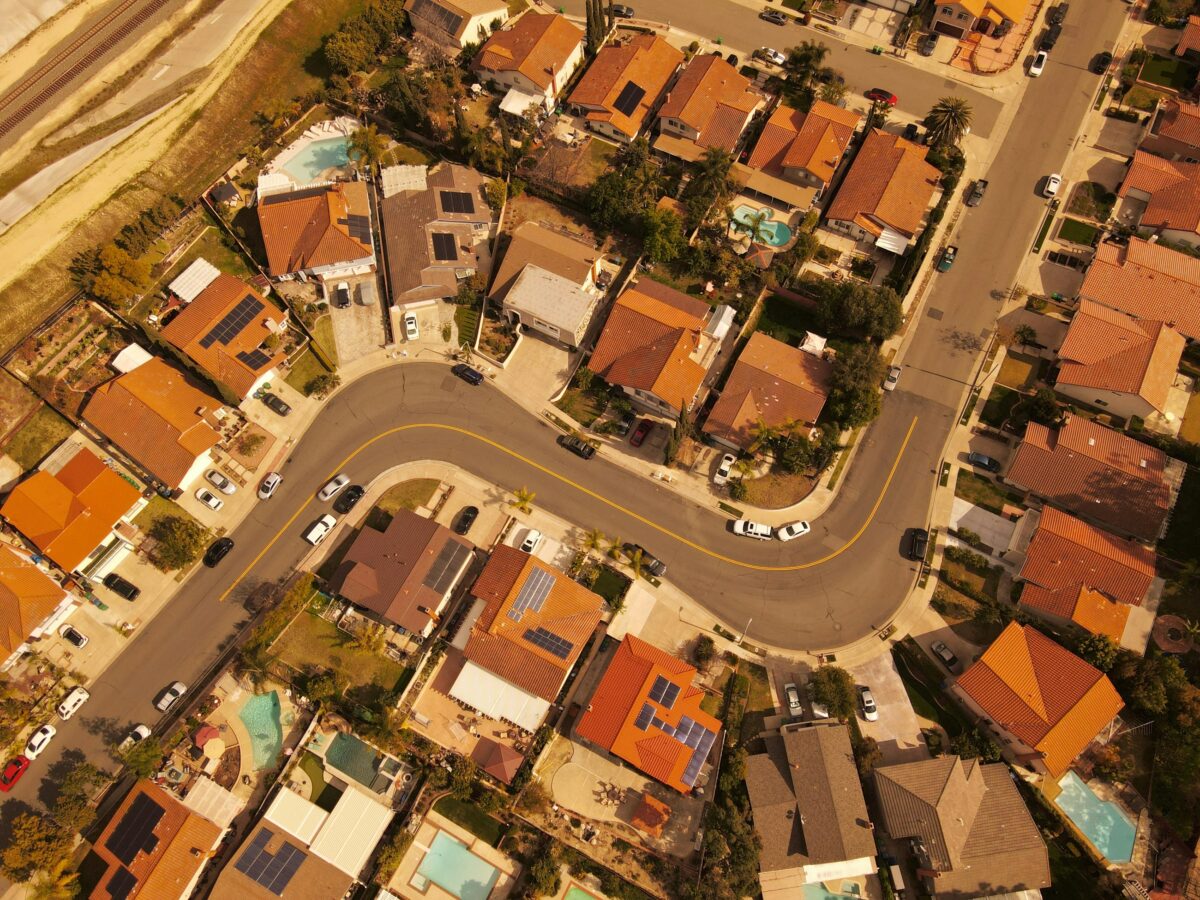
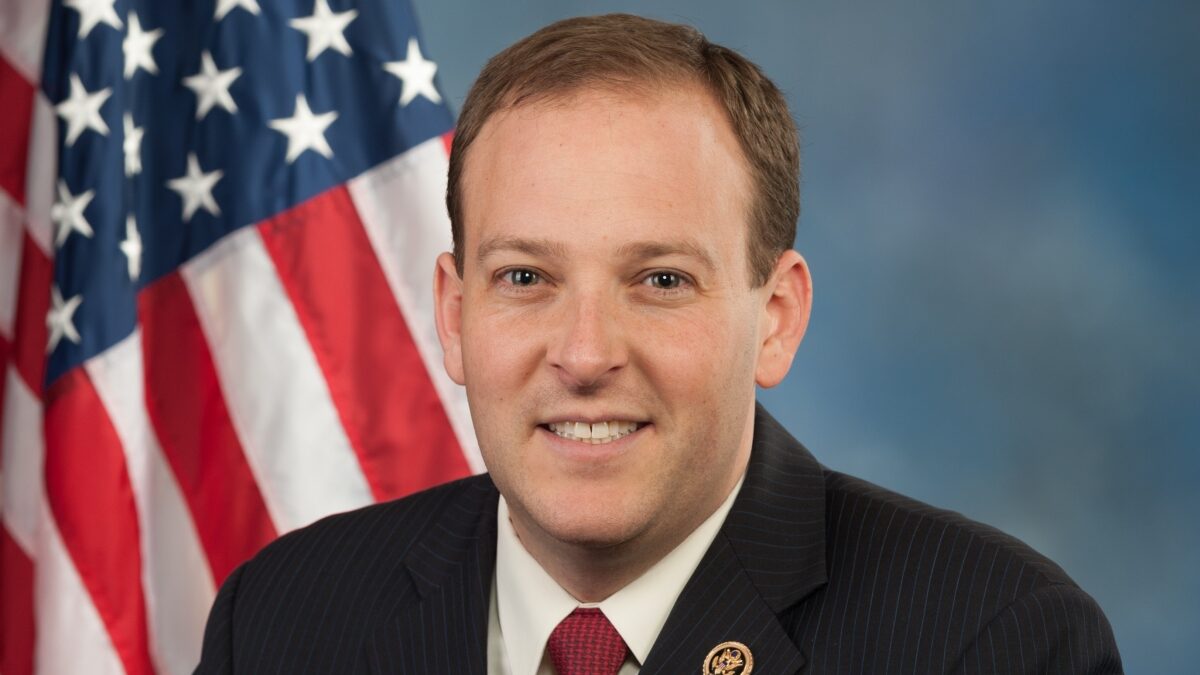


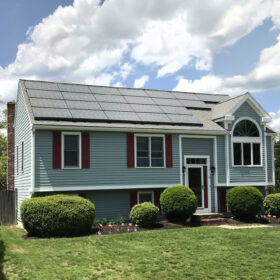
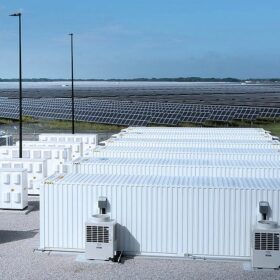

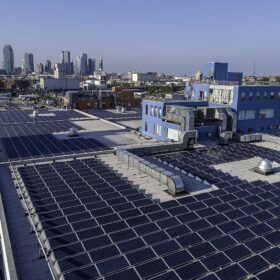
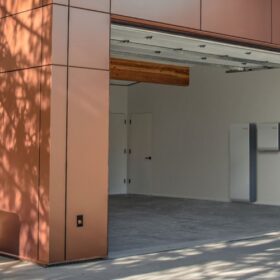
This article is factually wrong electric usage has sky rocketed with the integration of ev cars, the 100 percent usage of electric in homes (no new developments have natural gas or propane). Solar roof installations without batteries have proved to destabilize the grid and with the increase of electric use the utilizes still have to support all this roof top solar demand when the sun goes down. When the solar organizations start installing complete solar solutions with battery storage with grid forming inverters then the utilities can start buying energy from rooftop solar.